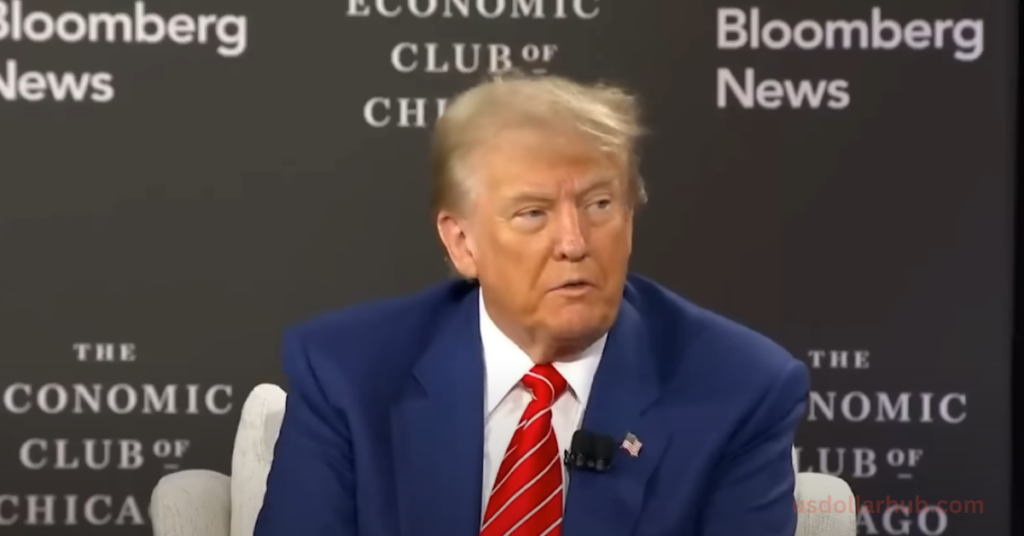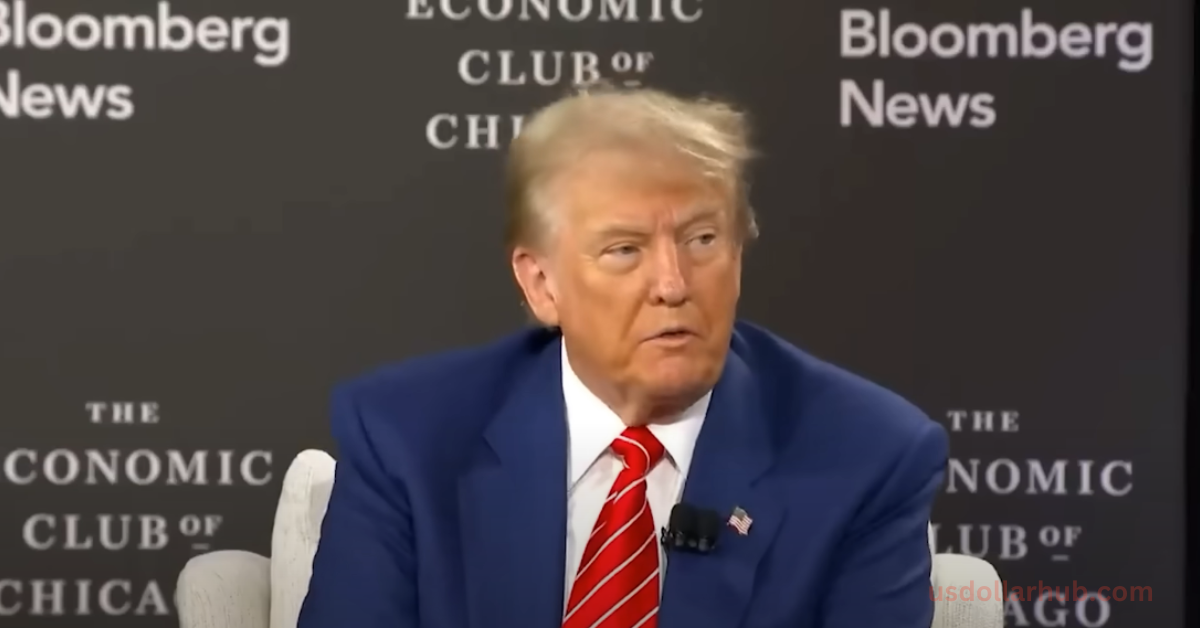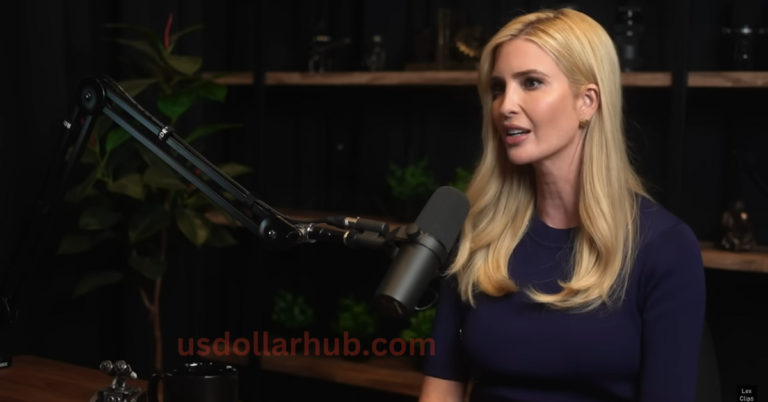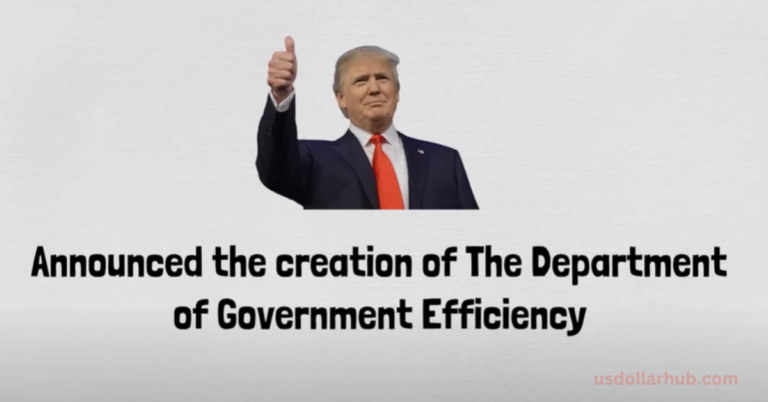Trump Tariffs 2025 : The 10% Tax on All Imports
Trump Tariffs
The concept of tariffs has sparked significant debate in the U.S., especially with former President Donald Trump advocating for a universal 10% tariff on all imports. This blog delves into what tariffs are, their implications for the U.S. economy, and the pros and cons of Trump’s proposed policy.

What Are Tariffs?
A tariff is essentially a tax imposed on imported goods. For instance, if a product like a Toyota Camry costs $30,000 and the U.S. government imposes a 10% tariff, an additional $3,000 tax would be levied on the car. This increases the product’s price, encouraging consumers to opt for domestically made alternatives.
Purpose of Tariffs:
- Promote Domestic Manufacturing: Higher costs for foreign goods incentivize businesses to produce locally.
- Boost Job Creation: By encouraging domestic production, tariffs can lead to increased employment opportunities.
- Increase Tax Revenue: Tariffs provide the government with a new revenue stream, potentially reducing reliance on other taxes.
Trump’s 10% Tariff Proposal: A Closer Look
Trump’s proposal aims to apply a flat 10% tax on all foreign imports, generating an estimated $400 billion in annual revenue. This is significant, as it represents 8% of current federal tax collections.
The Rationale
Trump suggests that tariffs can:
- Reduce the national debt.
- Encourage businesses to relocate manufacturing to the U.S.
- Strengthen the economy by creating jobs.
For example, past tariffs, like the 25% tariff on foreign pickup trucks in the 1960s, prompted Toyota to build manufacturing plants in the U.S., boosting local employment.
Benefits of Tariffs
- Economic Growth:
- Encourages foreign companies to invest in U.S. infrastructure.
- Strengthens domestic supply chains.
- National Security:
- Reduces dependence on foreign imports in critical sectors.
- Protects against unfair trade practices.
- Revenue Generation:
- Helps fund government programs without increasing income taxes.
The Drawbacks of Tariffs
While tariffs offer benefits, they also come with significant downsides:
- Inflationary Impact:
- Tariffs increase the cost of imported goods, which companies often pass on to consumers. For example, Walmart may raise prices on imported products to maintain profit margins.
- Everyday items, like clothing (97% of which is imported), would become more expensive, exacerbating inflation.
- Competitive Disadvantages:
- Many countries, like Bangladesh, enjoy a cost advantage due to lower wages and relaxed regulations. U.S. companies may struggle to compete in such areas.
- Limited Scope:
- Some industries, such as textiles, are unlikely to see a resurgence in domestic production despite tariffs, as foreign-made goods would still be cheaper.
Who Pays the Tariffs?
Contrary to popular belief, the burden of tariffs typically falls on:
- Importers, who pay the tax upfront.
- Consumers, who face higher prices as businesses pass the costs along.
For example, a $100 vacuum cleaner imported from China with a 10% tariff would cost $110. Retailers like Walmart may raise the price to maintain profit margins, meaning consumers ultimately pay more.
Historical Perspective: Can Tariffs Replace Income Taxes?
A century ago, tariffs accounted for 93% of federal revenue, as the government was significantly smaller. Today, federal spending has ballooned to 25% of GDP, making tariffs insufficient to fund the government alone.
Will Trump’s Tariff Proposal Pass?
The likelihood of a universal 10% tariff being implemented is low due to:
- Congressional Authority: Constitutionally, Congress controls tariffs, although the President can impose them under specific conditions (e.g., national security).
- Economic Risks: Such a sweeping measure could face resistance due to its potential to drive inflation and disrupt trade.
Our Latest Post On Trump – Visit Here
FAQs
What is a tariff?
A tariff is a tax on imported goods, designed to make foreign products more expensive and encourage domestic production.
How does a 10% tariff work?
A 10% tariff adds a tax equal to 10% of a product’s cost, increasing its price for importers and consumers.
Who benefits from tariffs?
Domestic manufacturers and workers benefit as tariffs promote local production, creating jobs.
How do tariffs impact consumers?
Tariffs often lead to higher prices for imported goods, increasing costs for consumers.
Are tariffs inflationary?
Yes, tariffs can drive up the cost of goods, contributing to inflation.
How much revenue could a 10% tariff generate?
A universal 10% tariff on all imports could raise $400 billion annually.
Can tariffs replace income taxes?
Historically, tariffs funded the government, but they are insufficient for today’s expanded federal spending.
Did Trump impose tariffs during his first term?
Yes, targeted tariffs were implemented, mainly on Chinese imports, generating approximately $80 billion.
What industries are most affected by tariffs?
Industries reliant on imports, like electronics and textiles, are heavily impacted.
Can a President impose tariffs without Congress?
Under specific conditions like national security, a President can impose tariffs, but sweeping measures require Congressional approval.
Disclaimer
This article is for informational purposes only and should not be considered financial or political advice. For personalized guidance, consult a qualified professional. For More Info visit – UsDollarHub.com






